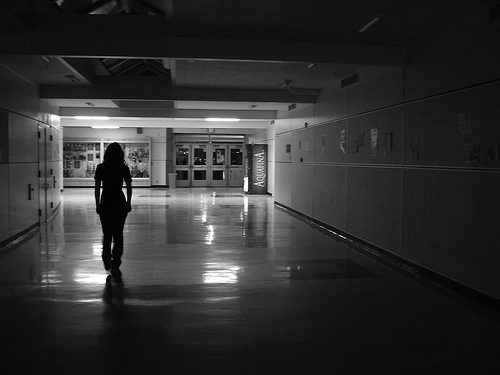
Given the choice of where to work in a given space, where do you choose?
Do you prefer to sit in the middle of the room, alongside a wall or facing a window?
Maybe you don’t have the option, but for those that do, many choose the window aspect. It’s a bit like couples who decide who gets the window seat on a plane trip.
Perhaps we like the window because it’s nice to stay connected with the outside world, especially if there is a pleasant view.
Perhaps it provides a positive distraction, when looking for inspiration.
Having previously had to work in a windowless office with fluorescent lighting for a couple of years, I swore I would never work in such an environment again. It was horrible. I choose to work wherever possible where natural light is available.
But there are other reasons why working closer to a window is of benefit. It boosts health and wellbeing, which may boost the quality of work you produce.
Scientists have shown that exposure to natural light is an important aspect to consider when designing office environments.
A study from the States revealed that having windows in the office provides employees with 173% more white light exposure during working hours and this corresponded to reporting enjoying an additional 46 minutes of sleep per night, which was of better quality, did more physical activity and enjoyed a better quality of life.
Sleep specialist Phyllis Zee reports we need natural light, especially in the morning “because it has beneficial effects on our mood, alertness and metabolism.”
The study was conducted in two groups of day shift workers, 27 in windowless offices and 22 in workplaces with windows. Using actigraphy, a device worn on the wrist to measure light exposure, activity and sleep their conclusions lend support to the idea that architects to ensure staff receive adequate light exposure not just for energy savings but for employee health and well being (and performance).
According to Boubekri, one of the researchers, daylight almost vanishes 20-25 feet from windows. So ensuring that workstations are within this distance from peripheral walls that have windows is what makes the difference.
Another researcher Ivy Cheung stated, “Light is the most important synchronising agent for the brain and body. Synchronising our internal biological rhythms is essential for health.”
For workplaces looking to boost employee wellbeing and productivity, the first place to start is to ensure there is enough natural light.
Ref:
Mohamed Boubekri, Ivy N. Cheung, Kathryn J. Reid, Chia-Hui Wang, Phyllis C. Zee. Impact of Windows and Daylight Exposure on Overall Health and Sleep Quality of Office Workers: A Case-Control Pilot Study. Journal of Clinical Sleep Medicine, 2014; DOI: 10.5664/jcsm.3780
Photo Credit: <a href=”https://www.flickr.com/photos/59726650@N03/5477678993/”>IDreamOfLexington</a> via <a href=”http://compfight.com”>Compfight</a> <a href=”https://www.flickr.com/help/general/#147″>cc</a>

